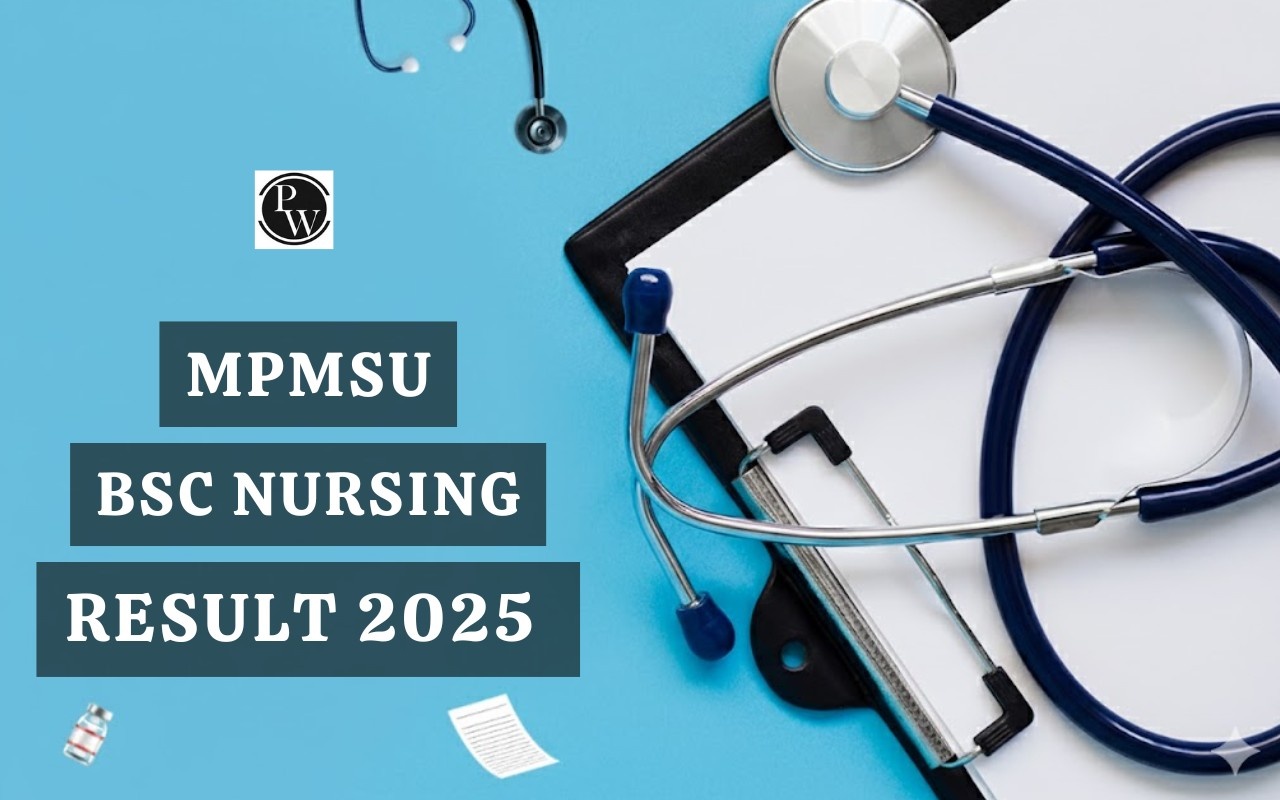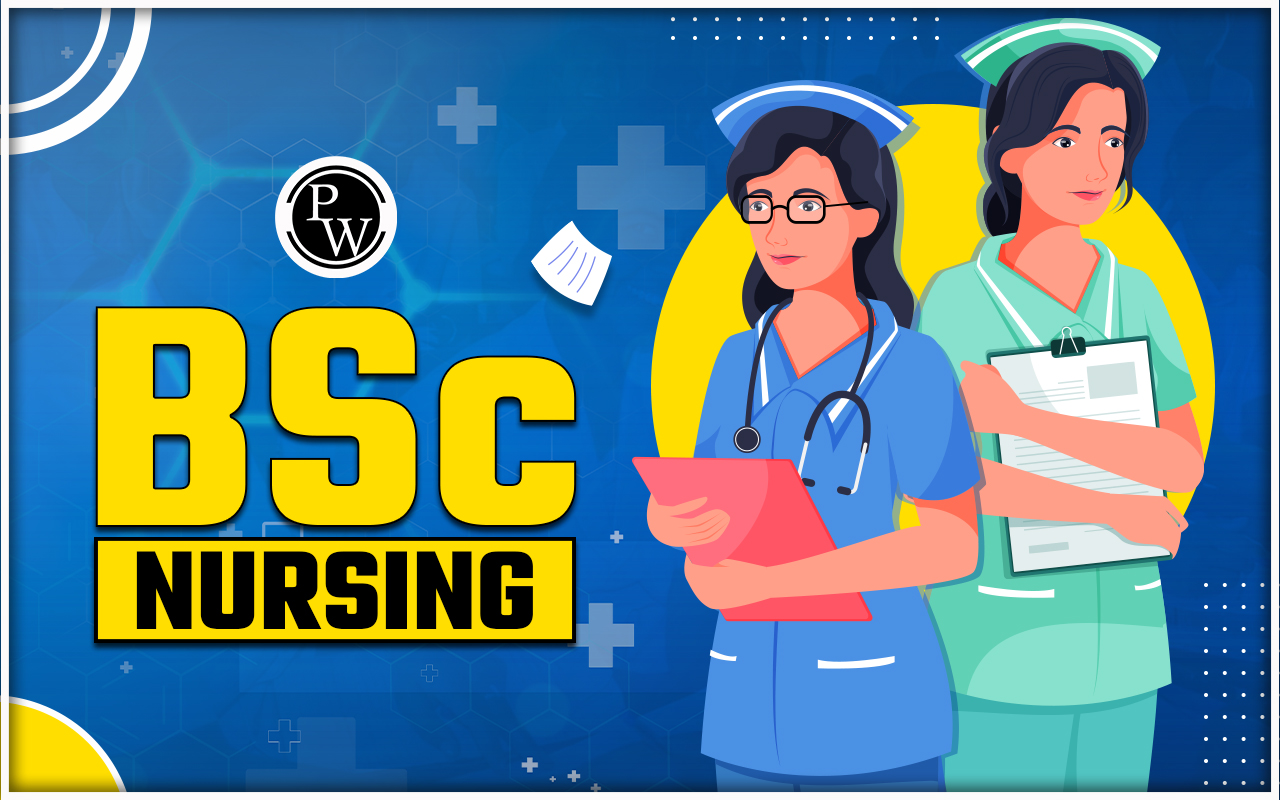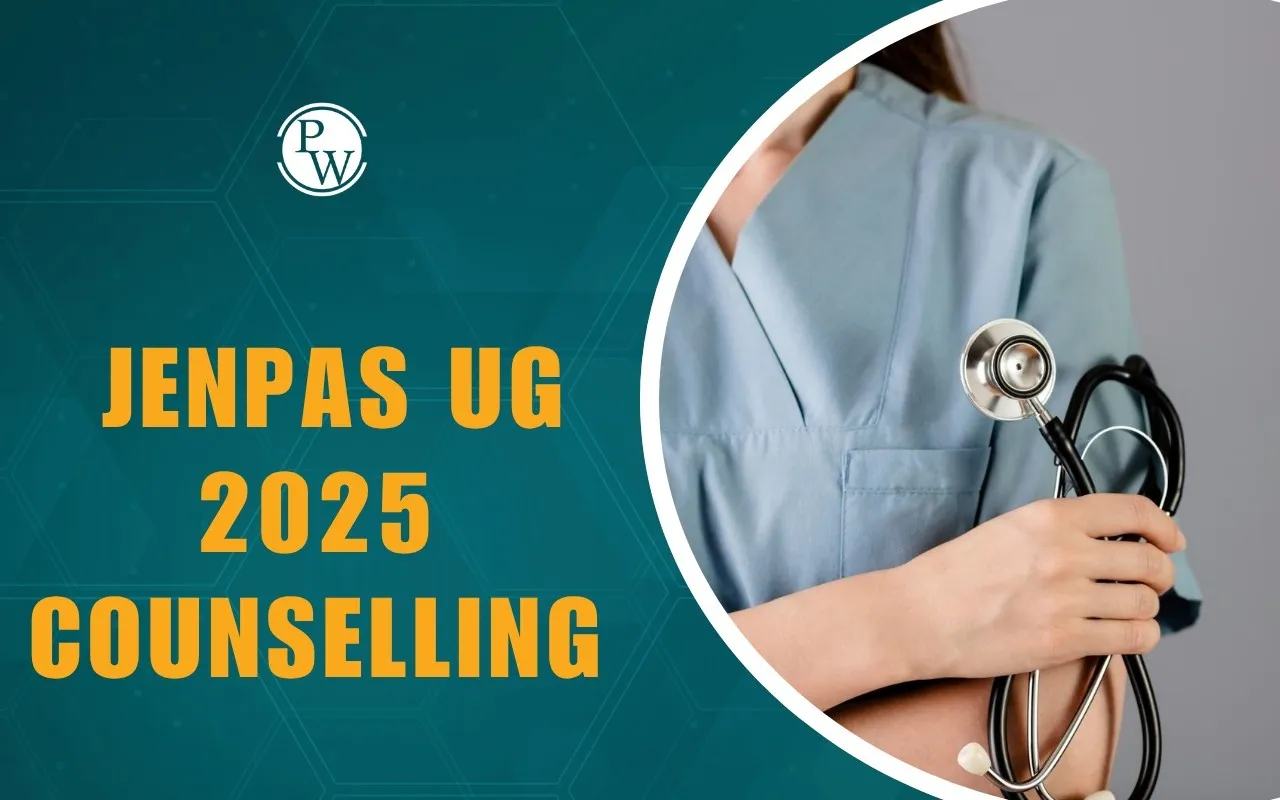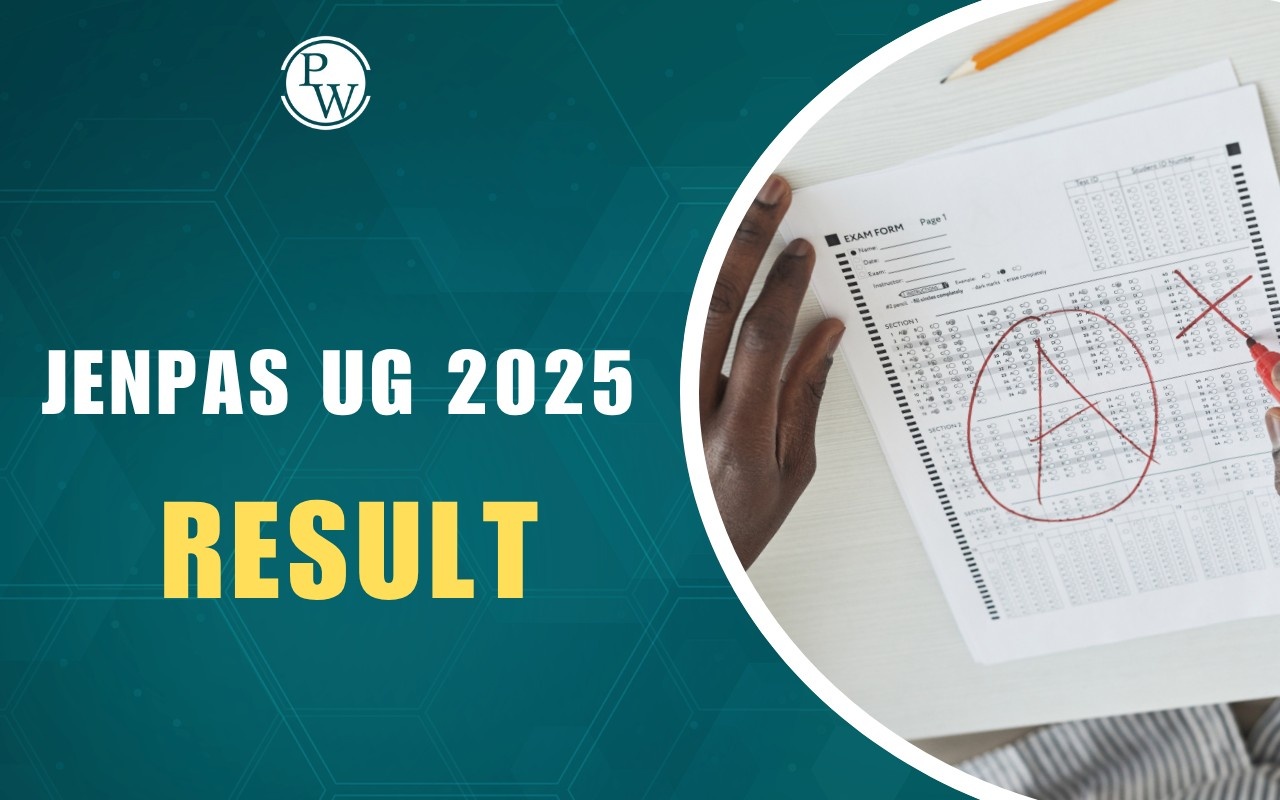
BSc Nursing Syllabus 1st Year – Applied Anatomy and Physiology : Applied Anatomy & Physiology course, an essential component of the first-year BSc Nursing syllabus, which carries 5 credits and spans 100 hours (50 hours each for Anatomy and Physiology). It emphasizes the importance of understanding the human body’s structure and functions for effective clinical practice. The course is divided into two sections: Section A (Applied Anatomy) worth 37 marks and Section B (Applied Physiology) worth 38 marks. Key areas covered include cell structure, various body systems, and physiological processes, enabling students to connect theoretical knowledge with practical applications in patient care. Assessment methods, including quizzes and practical exams, are designed to evaluate both theoretical understanding and practical skills. Overall, the article highlights the course's role in preparing nursing students for successful careers in healthcare.
Course Details for BSc Nursing Syllabus 1st Year – Applied Anatomy & Physiology
The Applied Anatomy & Physiology course in the first year of BSc Nursing lays a strong foundation for understanding the structure and function of the human body. This subject is essential for nursing students, as it helps them relate anatomical and physiological knowledge to clinical practice. It covers the study of different body systems, organs, tissues, and their interconnections, along with physiological processes that are vital to maintain health and homeostasis. Below is a detailed table summarizing the key areas covered in this course| Detail | Information |
|---|---|
| Placement | 1st Semester |
| Credits | 5 Credits (100 hours) Anatomy -50 hours & Physiology -50 hours |
| Marks | Section A: Applied Anatomy (37 marks) Section B: Applied Physiology (38 marks) |
| Duration | 2.5 Credits (50 hours) |
| Description | The course is designed to assists student to acquire the knowledge of the normal structure of human body, identify alteration in anatomical structure with emphasis on clinical application to practice nursing. |
BSc Nursing Syllabus 1st Year – Applied Anatomy & Physiology
The combined course of Applied Anatomy & Physiology equips nursing students with a thorough understanding of how the human body functions. This course helps students connect the knowledge of anatomical structures to their corresponding physiological functions. The curriculum focuses on the following key areas:- Cell Structure and Function – Basics of cellular anatomy and physiology.
- Body Systems – An in-depth study of different body systems such as the cardiovascular, respiratory, nervous, and musculoskeletal systems.
- Clinical Correlation – Linking anatomical and physiological knowledge to practical nursing care, such as understanding how respiration relates to oxygen therapy or how cardiovascular anatomy impacts cardiac care.
BSc Nursing Syllabus 1st Year – Applied Anatomy
Applied Anatomy introduces students to the basic structure of the human body, focusing on normal anatomy with clinical relevance to nursing practice. This subject covers the macroscopic and microscopic anatomy of various body systems, enabling students to understand the normal structure and recognize pathological changes.| Unit | Topics | Details |
|---|---|---|
| I | Introduction to Anatomy and Body Organization | Overview of anatomical positions, planes, and movements. Understanding the organization of human body, cell structure, and tissues. |
| II | Respiratory System | Structure of the respiratory organs and muscles involved in respiration. |
| III | Digestive System | Anatomy of the alimentary canal and accessory organs, with clinical implications for nursing. |
| IV | Circulatory and Lymphatic System | Structure and function of blood vessels, the heart, and lymphatic tissues. |
| V | Endocrine System | Overview of major endocrine glands like the hypothalamus, pituitary, thyroid, and adrenal glands. |
| VI | Sensory Organs | Structure of sensory organs such as the eyes, ears, skin, and their functions. |
| VII | Musculoskeletal System | Anatomy of the skeletal system, types of bones, joints, and major muscles used in nursing procedures. |
| VIII | Renal System | Structure and function of kidneys, ureters, bladder, and urethra. |
| IX | Reproductive System | Male and female reproductive systems, including the structure of the breast. |
| X | Nervous System | Structure of the central, peripheral, and autonomic nervous systems. |
BSc Nursing Syllabus 1st Year – Applied Physiology
Applied Physiology provides knowledge about the normal functioning of the body's organs and systems. Understanding physiology is critical for recognizing and managing deviations from normal health conditions in patients.| Unit | Topics | Details |
|---|---|---|
| I | General Physiology | Cell physiology, transportation across membranes, body fluid compartments, and homeostasis. |
| II | Respiratory Physiology | Mechanisms of respiration, gas exchange, and regulation of breathing. |
| III | Digestive Physiology | Functions of the digestive system, nutrient absorption, and gastrointestinal motility. |
| IV | Circulatory and Cardiovascular Physiology | Blood composition, heart functions, blood pressure regulation, and lymphatic circulation. |
| V | Endocrine System | Hormonal regulation by the endocrine glands and feedback mechanisms. |
| VI | Musculoskeletal System | Muscle contraction, bone physiology, and movements. |
| VII | Nervous System | Functions of neurons, reflexes, central and peripheral nervous systems. |
| VIII | Renal Physiology | Functions of the kidney in fluid balance, filtration, and excretion. |
| IX | Reproductive Physiology | Hormonal control of reproductive processes, menstrual cycle, and gametogenesis. |
Integration of Anatomy and Physiology in Nursing
Applied Anatomy and Physiology courses help students correlate theoretical knowledge with practical nursing tasks. For example:- Anatomy of veins is crucial for IV administration, while respiratory physiology aids in understanding oxygen therapy.
- Knowledge of the cardiovascular system is applied in managing patients with heart conditions, and musculoskeletal anatomy assists in patient mobilization.
Assessment Methods for BSc Nursing Syllabus 1st Year – Applied Anatomy and Physiology
| Assessment Method | Description | Types of Questions |
|---|---|---|
| Quiz | Regular quizzes to evaluate understanding of basic concepts | Multiple Choice Questions (MCQs) Short Answer Questions |
| MCQ | Objective questions testing theoretical knowledge | Select the correct option from given choices |
| Short Answer Questions | Brief responses assessing key points and understanding of topics | Concise explanations of anatomical or physiological concepts |
BSc Nursing Syllabus 1st Year – Applied Anatomy and Physiology FAQs
What is the credit value and duration of the Applied Anatomy & Physiology course?
How is the course assessed?
What key topics are covered in this course?
Why is this course important for nursing students?
What teaching methods are used in this course?










